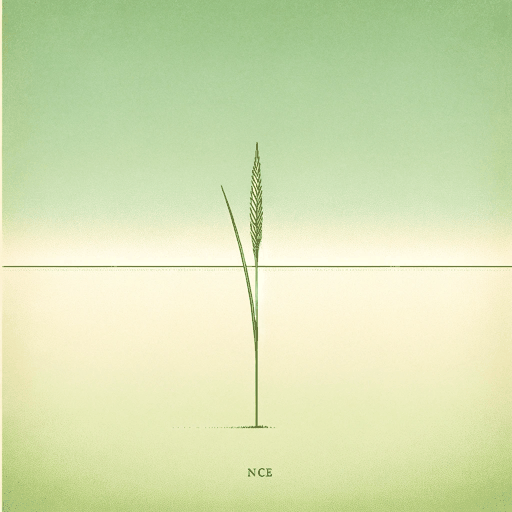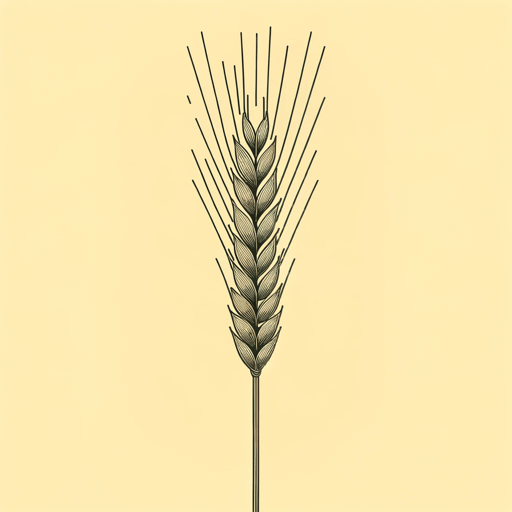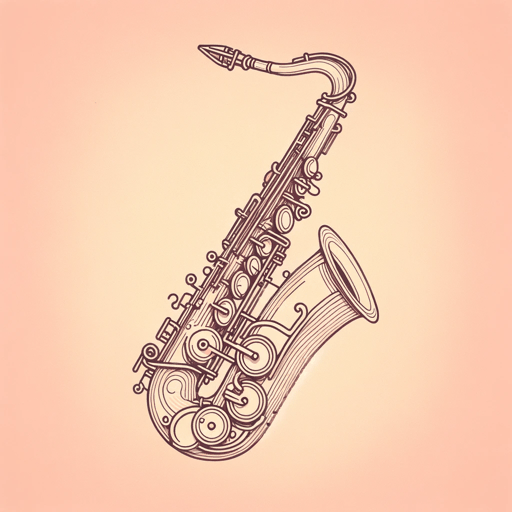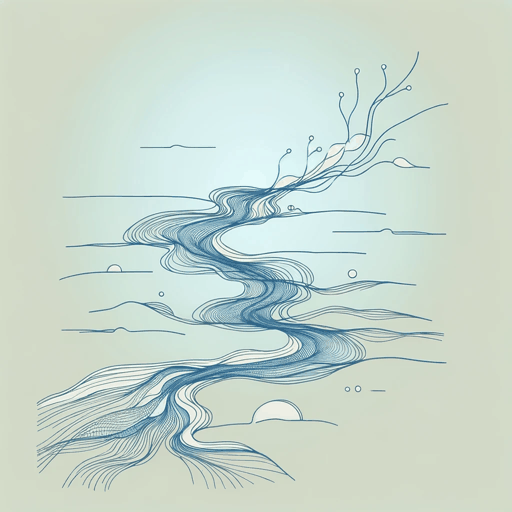19 pages • 38 minutes read
Carl SandburgGrass
Fiction | Poem | Adult | Published in 1918A modern alternative to SparkNotes and CliffsNotes, SuperSummary offers high-quality Study Guides with detailed chapter summaries and analysis of major themes, characters, and more.
Themes
The Dehumanizing Brutality of War
Civilizations back to Antiquity have elevated the drama of war and have celebrated its heroes. The figure of the soldier assumes larger-than-life proportions and becomes the subject of epical works that create an ennobling purpose and significance about the field of battle. For millennia, humanity has accorded a special dignity to its soldiers who die in the service of their countries, in defense of an ideal. They are remembered in public memorial services that consecrate their memory and endow their deaths with dignity and spiritual importance.
This poem, however, argues that war dehumanizes those who serve and invariably die. The poem reminds readers of the reality of battlefields, even those battles most elevated by their cultures, battles that are seen as momentous events that determine the course of history itself. Even there, battlefields are where hundreds and thousands of dead, many ripped into bloody fragments, scatter the landscape.
Since the emergence of the camera in the mid-19th century, battlefield photographers have revealed the ugly secret of war’s greatest battles: Soldiers, lots of them, die in numbers too great to give them each the individual respect and dignity their sacrifice demands. Pile them high, the grass advises, and shovel them under. Then multiply Carl Sandburg’s argument by the countless battles and skirmishes that have been fought daily for centuries, bloody encounters that do not become even the footnotes in history.
Related Titles
By Carl Sandburg




